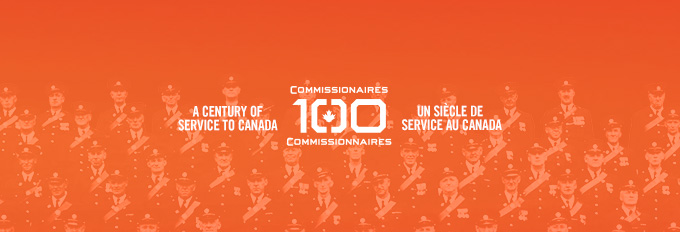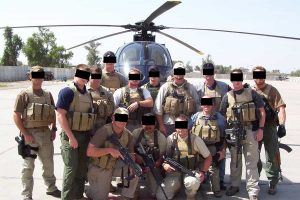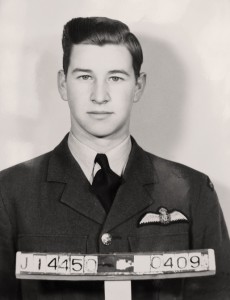The federal government’s budget paring exercise will be carefully watched over the coming months by veterans advocates, including The Royal Canadian Legion, to see whether programs and benefits for veterans will be affected.
They will be watching two issues. The first is the federal government’s strategic review, which is looking for ways to pare budgets in 67 departments and agencies, including that of Veterans Affairs Canada (VAC) by five to 10 per cent. VAC’s budget in 2011/12 is $3.5 billion.
“Veterans programs must be exempt from the current program review,” Royal Canadian Legion Dominion President Pat Varga said in a letter to the Prime Minister, Oct. 5. A moral debt is owed to veterans who have served their country, she said, and the Legion “believes that this debt needs to be paid down in the same manner that your government is addressing the national financial debt…. Getting our financial house in order should not be done on the backs of our wounded warriors and their families.”
Strategic review cuts can be achieved through staff reductions, VAC Assistant Deputy Minister Keith Hillier told the Standing Committee on Veterans Affairs, Oct. 25. “Nearly 30 per cent of department employees are due to retire over the next five years,” he said, “and management of attrition could achieve some financial goals.” As well, “upwards of 500 positions could be reduced through increasing use of technology,” he said. VAC currently has about 3,600 full-time equivalent positions.
The second issue arises from VAC’s 2011/12 Report on Plans and Priorities, which projects compensation and financial support of veterans will decline by an estimated $226 million in the next two years. Veterans advocates are worried programs and benefits will suffer.
“I want to be clear there is no risk of money not being provided for benefits and services to which veterans have a legislated right. There is no risk,” Hillier told the standing committee. He said the figures were based on a projected decrease in the number of veteran clients, due to decreases in the population of Second World War and Korean
War veterans.
But Veterans Ombudsman Guy Parent takes issue with that projection. Numbers of Second World War and Korean veterans are not dropping as fast as predicted, Parent told the Senate Subcommittee on Veterans Affairs on Oct. 19. And the number of VAC clients from current conflicts is growing. The number of clients “could be staying the same, which means the same budget for the same programs,” Parent said.
There are more than 800,000 Canadian Forces and RCMP veterans and their survivors—all potential VAC clients. Many suffer in silence for many reasons, Parent said. It may take years for some to realize that their problem is related to military service; others are not aware of VAC benefits; pride may prevent others from seeking help.
When reality differs from projections, Hillier said, the department requests top-ups, under the supplementary estimates process. The top-ups have averaged about $150 million, he said. “What this means in layperson’s terms is that the government must provide the money to us…veterans have a right to various programs and services and these are statutory in nature.”
Advertisement



















